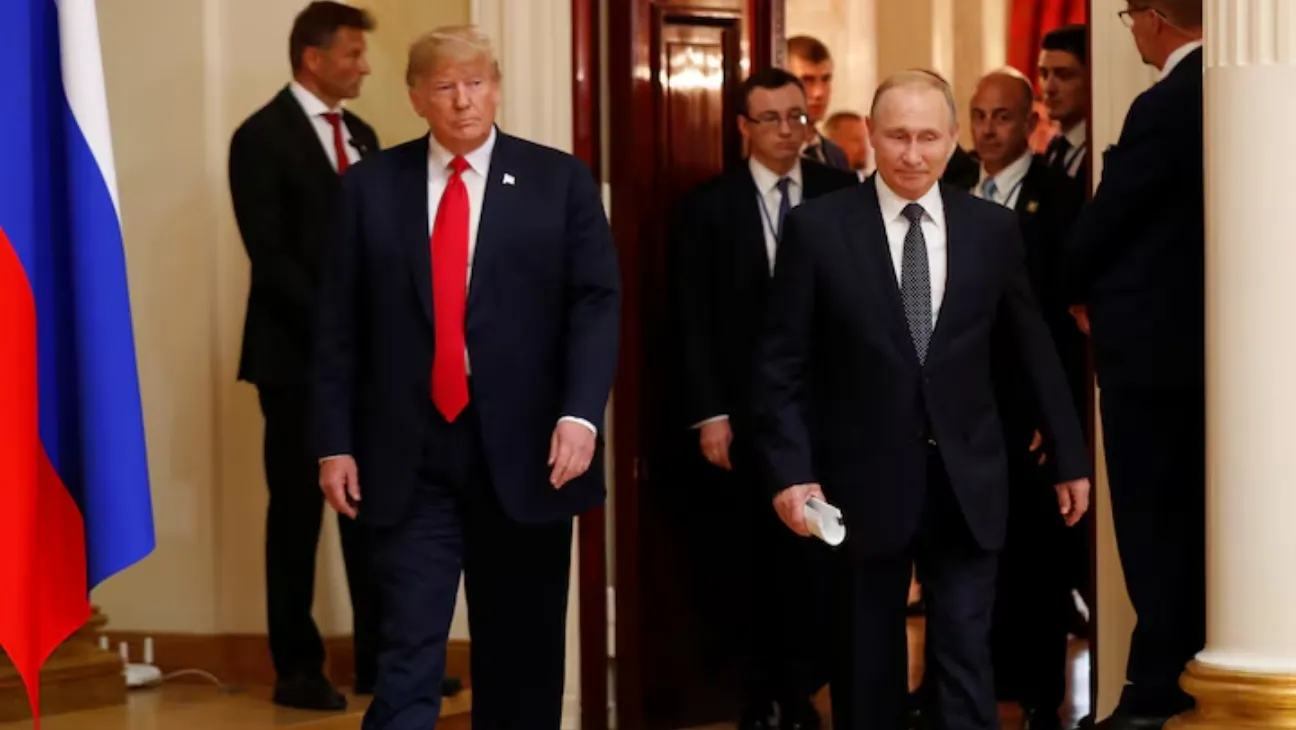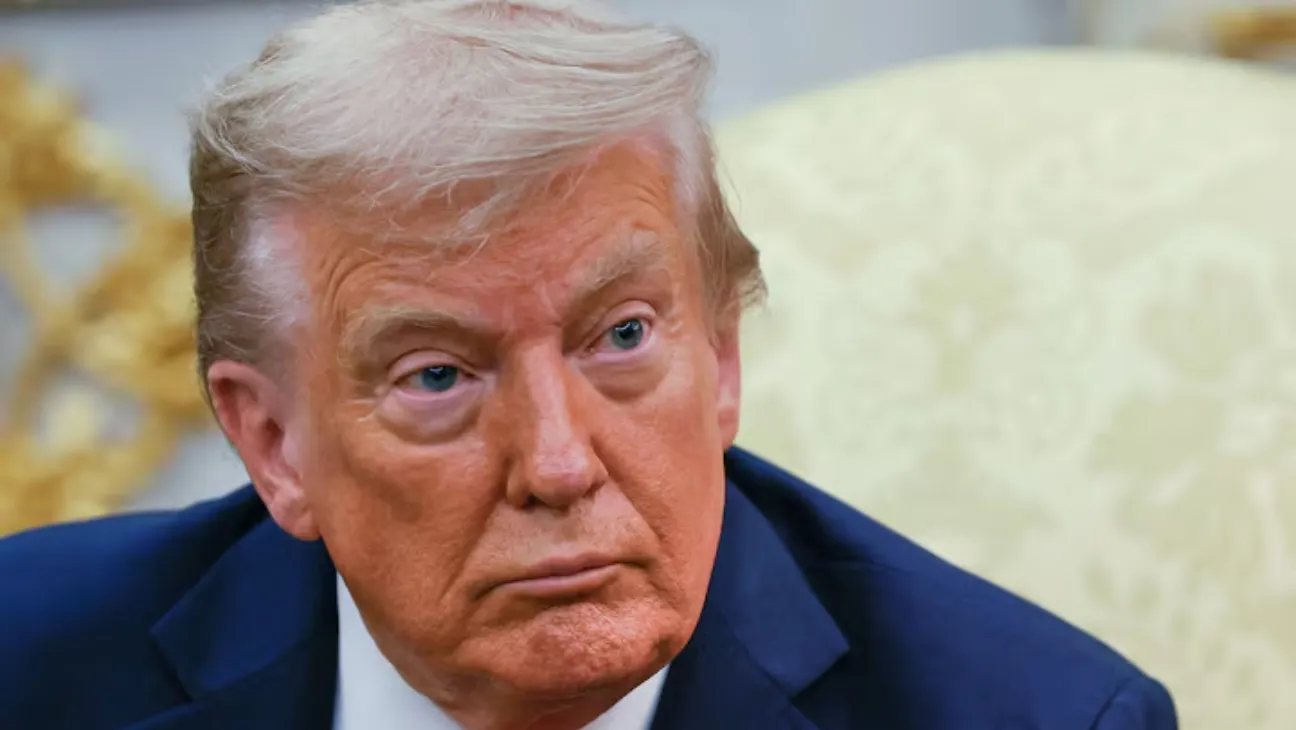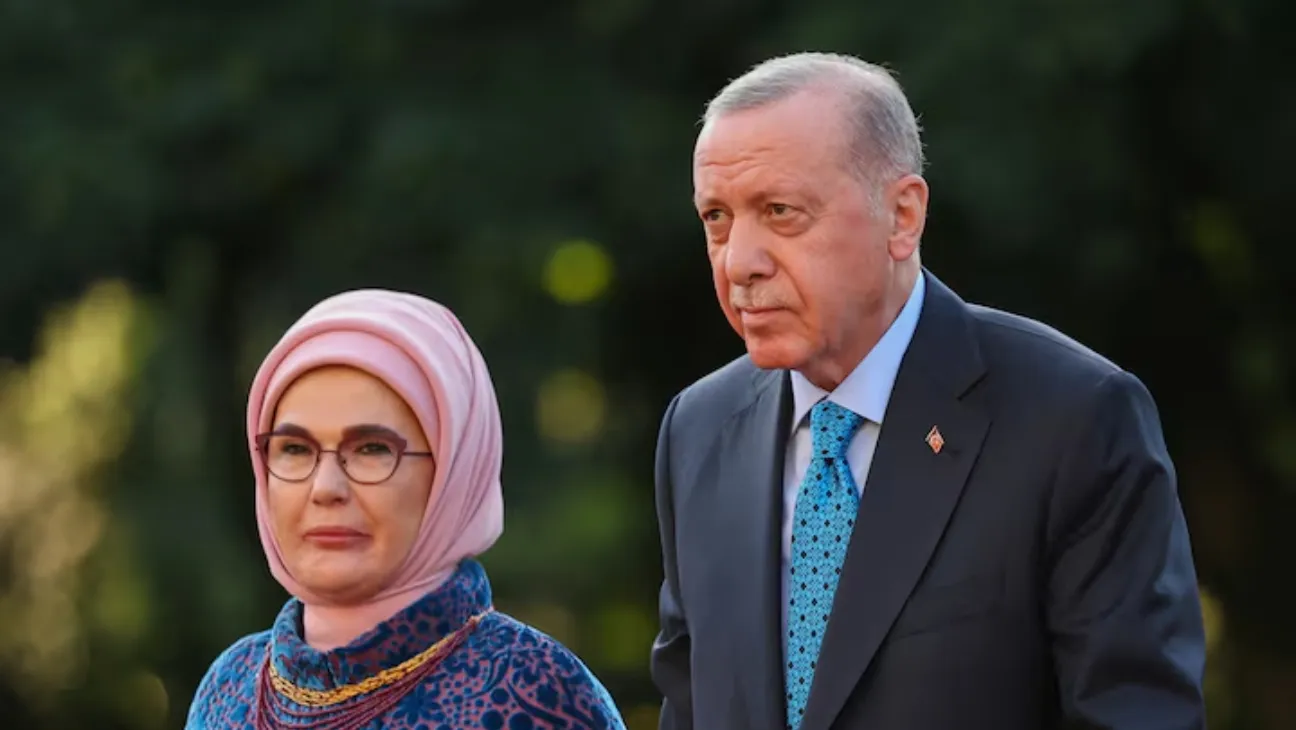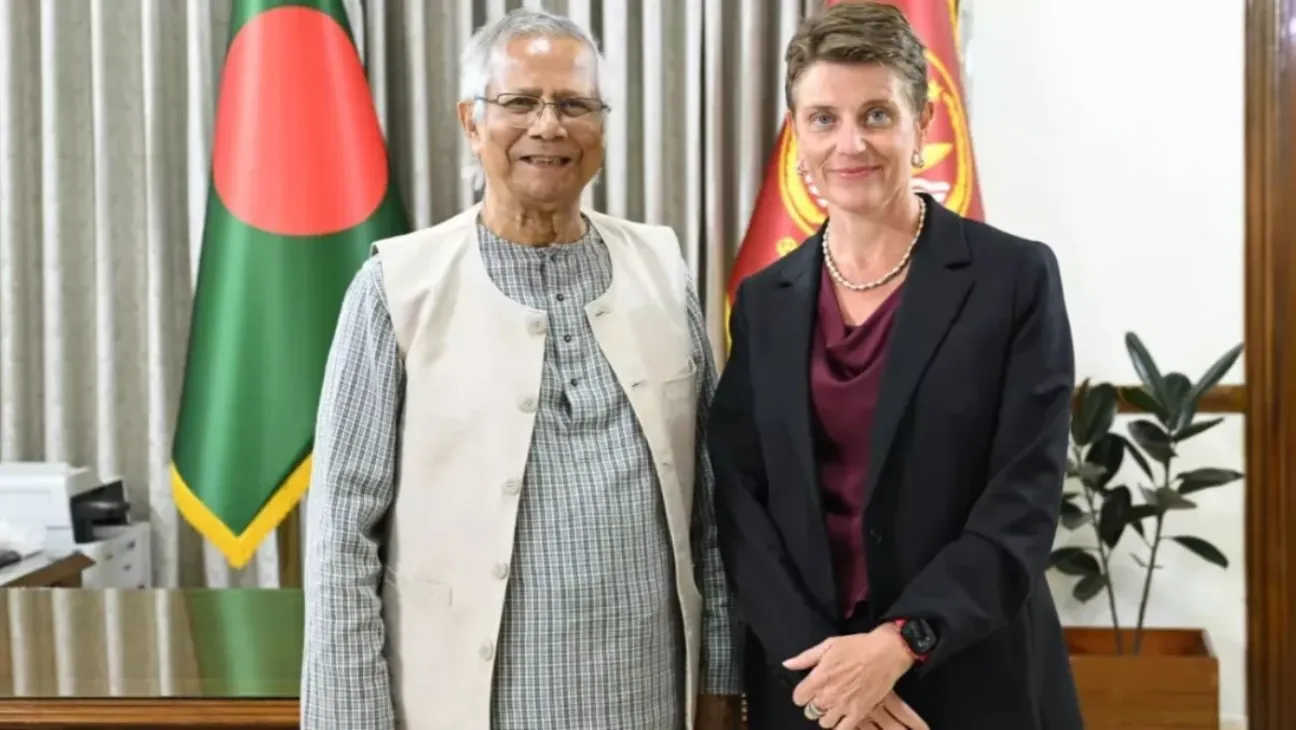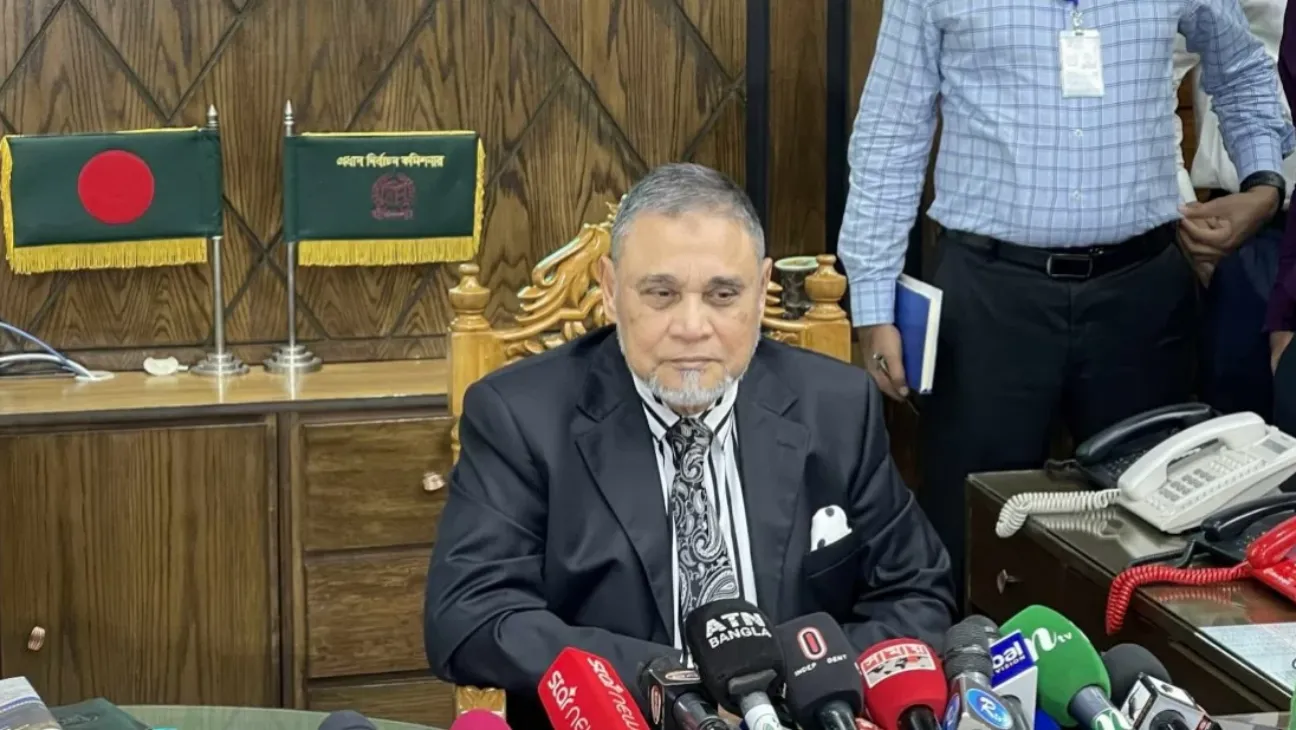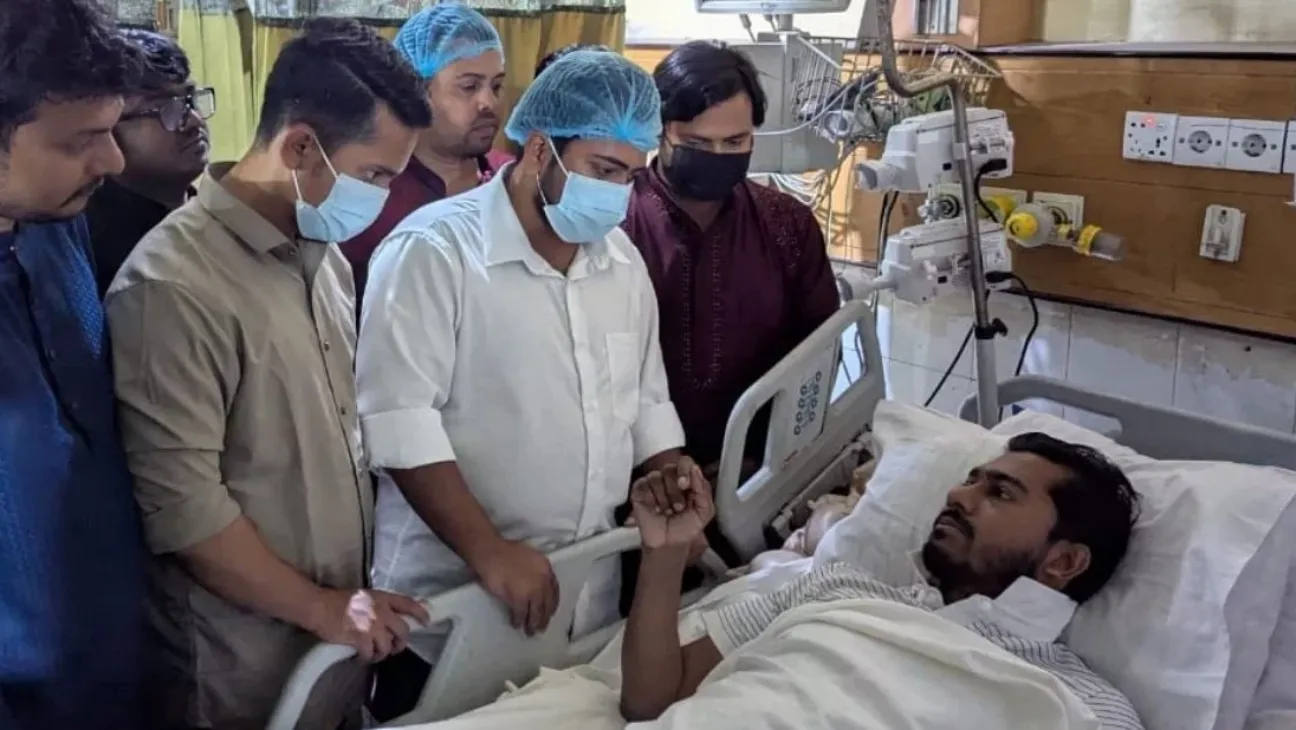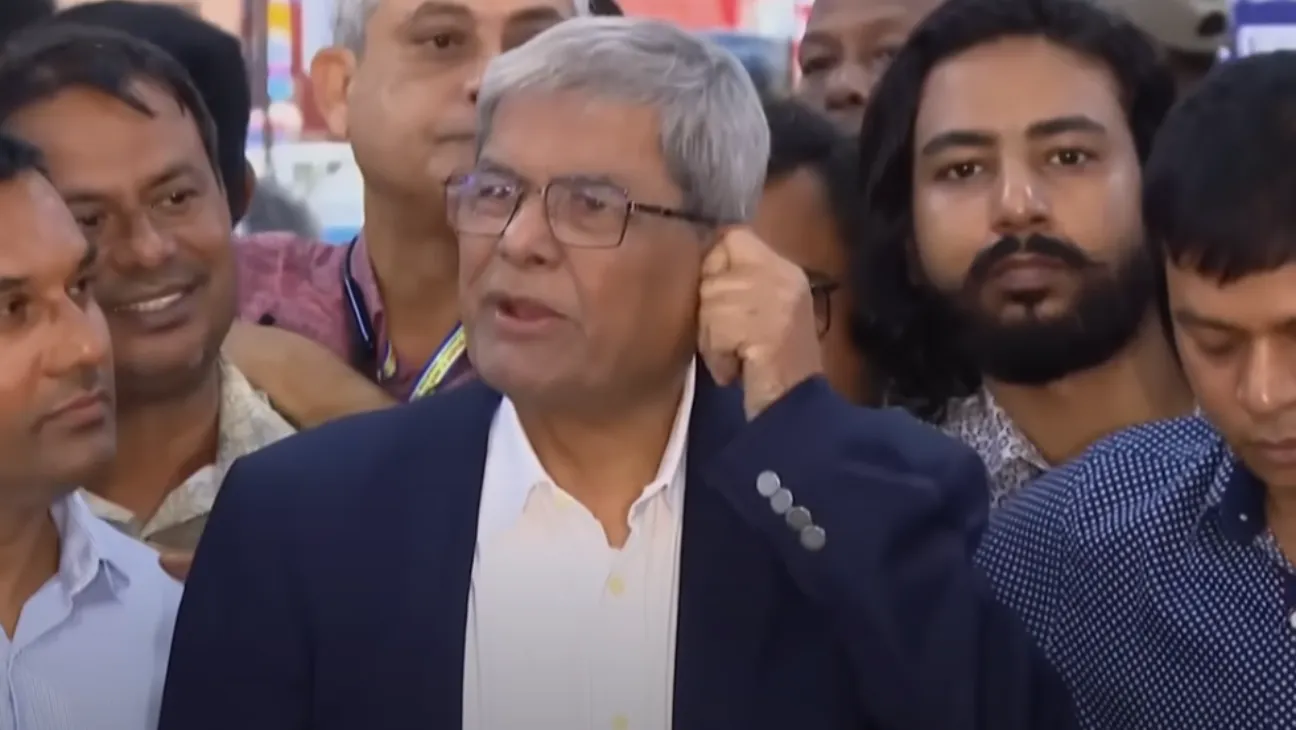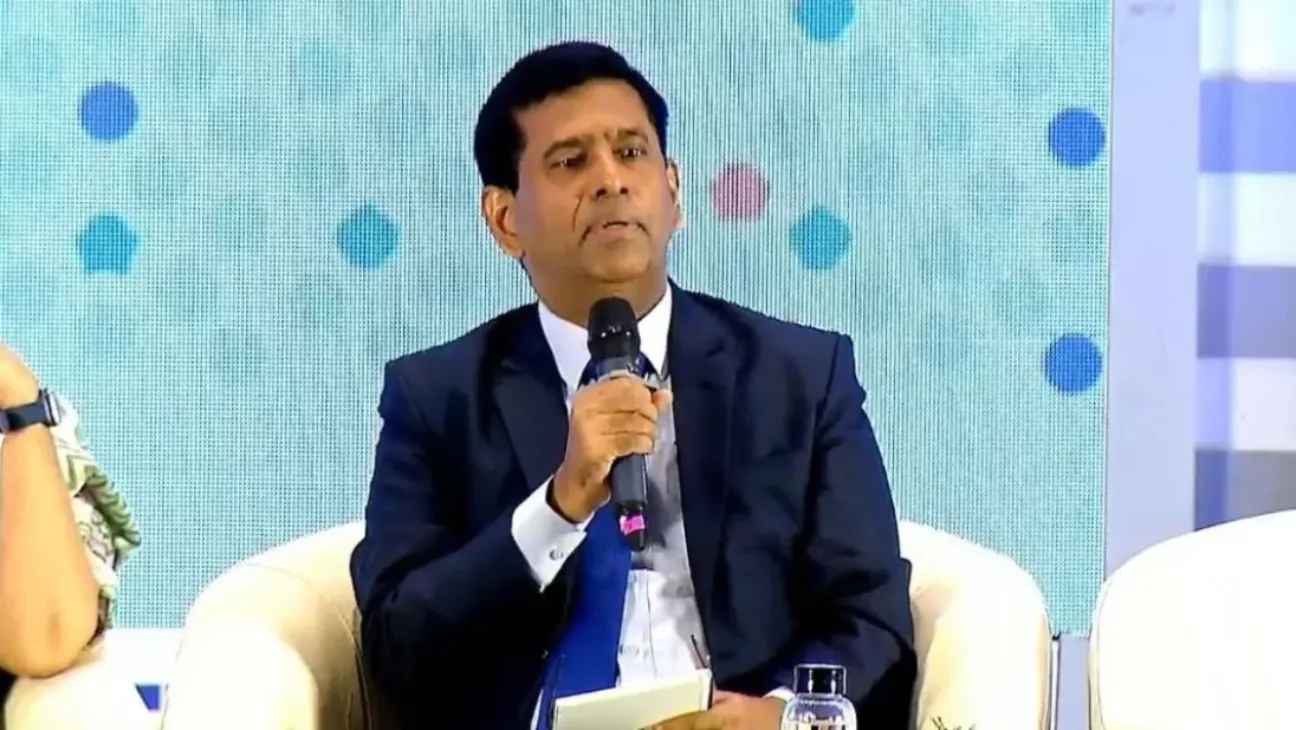Vladimir Putin is on track to become the first leader of Russia to visit Alaska since American acquisition of the territory in 1867, if a planned meeting with President Donald Trump takes place this Friday in Anchorage.
Should the meeting proceed, it would also mark Putin’s eighth trip to the continental United States as sitting head of state. He has occupied the presidential office continuously, except for the one Medvedev term from 2008 to 2012, since the night of December 31, 1999.
Putin last traveled to the United States in September 2015, when he addressed the United Nations General Assembly and conferred with President Obama in a famously fraught exchange. The dialogue concentrated on irreconcilable views of the crises in Ukraine and Syria, with the fate of President Bashar al-Assad emerging as a particularly intractable issue.
Earlier summits have exhibited alternating currents of collaboration and contention. During a 2007 trip, Putin traveled to Kennebunkport, Maine, at the behest of President George W. Bush, against a backdrop of mounting U.S. concerns regarding Russian missile deployments and missile defense systems in Central Europe.
The two heads of state—accompanied by Bush’s father, the former president—took a fishing excursion, and Bush afterwards dryly remarked that Putin alone returned with a catch of keepers. They also conferred on a catalogue of security matters, including the nuclear agenda in Iran and missile developments in North Korea.
In September 2005, Vladimir Putin participated in the World Summit in New York and subsequently met George W. Bush at the White House; the discussions were nonetheless conducted under the heavy cloud of the destruction wrought by Hurricane Katrina in Louisiana.
He had previously visited the U.S. in June 2004 to attend Ronald Reagan’s funeral and the following month to the G8 summit at Sea Island, and in 2003 he traveled to Camp David to deliberate with Bush on the situations in Iraq and Afghanistan, despite the Kremlin’s vocal disapproval of the impending American-led operation in Iraq.
Putin’s premier legislated visit during his presidency materialized in September 2000, when he briefly addressed the Millennium Summit in New York and conferred with President Bill Clinton on subjects of arms control and the consolidation of nuclear non-proliferation norms.
In his own term, Dmitry Medvedev, who publicly championed the idea of “resetting” bilateral relations, visited the United States on five occasions, the most remarkable of which was the low-profile luncheon with Barack Obama in the decidedly unceremonious setting of a diner in Arlington in 2010.
Nonetheless, Medvedev’s stance has recently stiffened, accompanied by a fresh articulation of strategic rivalry with Western powers. The initial Russian leader of the post-Soviet period, Boris Yeltsin, undertook four official transatlantic excursions across the 1990s.
One of those itineraries became permanently lodged in the folklore of diplomatic absurdities when Clinton later recounted that Yeltsin was discovered by Secret Service personnel in the early hours, reeling along a Washington street in his undergarments and in quest of late-night pizza.
Should the itinerary be finalized, President Putin’s proposed visit to Alaska will be infused with both diplomatic significance and historical resonance.
The journey would mark the Russian President’s inaugural visit to the territory that the Empire formally ceded in 1867 and would be the first Triumvirate encounter on American soil since both Putin and Trump exited their respective offices.
The trip’s capacity to recalibrate the atmosphere of U.S.-Russia engagement, or merely to inscribe yet another page in a protracted and layered diplomatic chronicle, remains an open strategic question.

